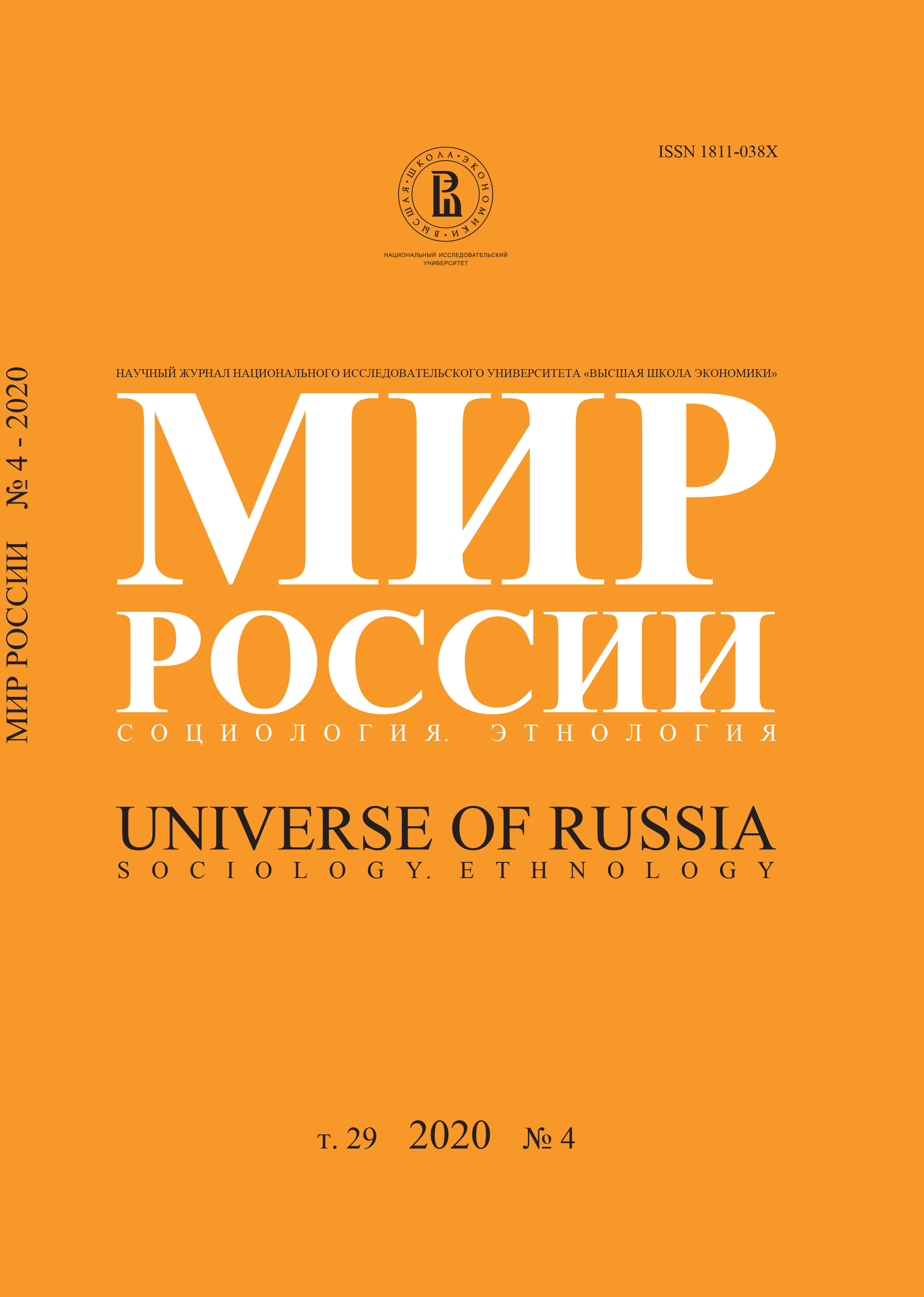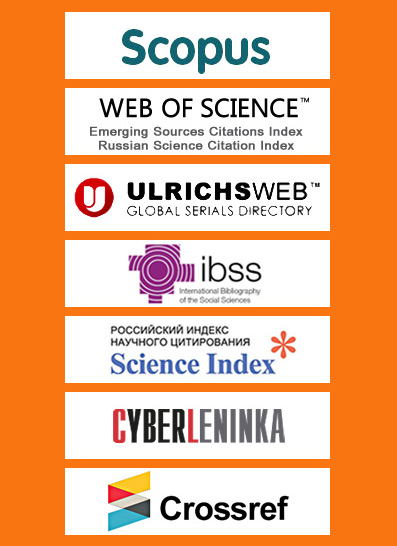Аудитория современного искусства в крупных городах России: ядро, периферия и перспектива
Аннотация
Цитирование: Петрова Л.Е., Бурлуцкая М.Г. (2020) Аудитория современного искусства в крупных городах России: ядро, периферия и перспектива // Мир России. Т. 29. № 4. С. 171–203. DOI: 10.17323/1811-038X-2020-29-4-171-203
В 2017–2018 гг. впервые было проведено социологическое исследование аудитории современного визуального институциализированного искусства в крупных нестоличных городах России (микс-дизайн с использованием разных типов интервью, этнографического описания площадок, анализа аккаунтов в соцсетях). В статье представлена часть результатов исследования, а именно сегментация аудитории площадок современного искусства и сравнительный анализ сегментов. Сегменты выделены на основе поведенческих критериев: ядро (ежемесячное регулярное посещение) составляет 25% аудитории, периферия зрителей (посещение несколько раз в год) – 54%, а перспектива (эпизодические контакты с площадками современного искусства – реже одного раза в год – или первый визит) – 21%. Помимо социально-демографических критериев (аудитория молодая, сверхобразованная, по преимуществу женская), значимыми оказались характеристики стиля жизни: посетители – профессионалы или «околопрофессионалы» со свободным графиком работы и автономным стилем управления занятостью, чей доход позволяет платить за атмосферный и разнообразный досуг. Большое значение имеет насмотренность – опыт художественного образования в детстве, хобби, посещение музеев и галерей во время поездок. Стиль жизни аудитории современного искусства – это темп, впечатления, активность, рост, развитие, перспектива. Мотивы посещения связаны с лояльностью к площадке современного искусства, основаны на интересном содержании и резонансе события, но предполагают и активное общение. Желание узнать что-то новое, необычное, расширить свой кругозор, удовлетворить интерес и любопытство, вдохновиться, получить яркие впечатления и эмоции, оказаться рядом с интересными людьми – это главное в принятии решения о визите в музей или галерею современного искусства. Большая группа россиян – типичные посетители площадки современного искусства – [пост]современные жители большого города с гибкой и саморегулирующейся занятостью, размытыми границами между работой и отдыхом, сознанием ценности автономности и самостоятельности, т. е. это современный человек, располагающий при этом высоким социальным и культурным капиталом, но до недавнего времени не различимый
в указанном контексте культурного потребления. В статье даны портретные зарисовки сегментов, делается акцент на возможности использования социологических данных для менеджмента институций современного искусства, представлена подробная картина мотивации зрителей.






